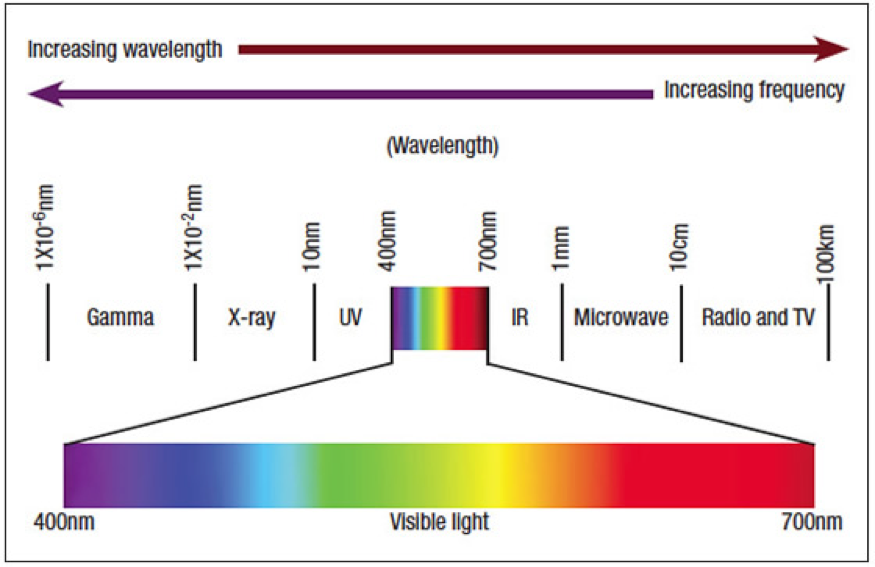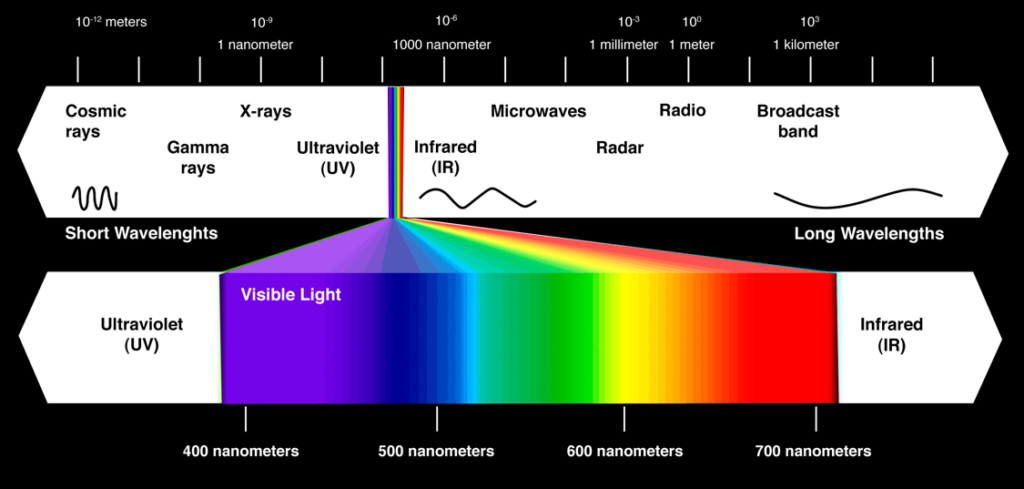Light Therapy
As anyone who has studied biology can tell you, the human body is an amazing, complex machine that requires an astounding number of processes to work together in order to function properly. For many people, most of the time our bodies generally do what they are supposed to do without us even thinking about it. There are many factors, both inside and outside our body, that can derail the system and make us sick, or make us feel pain, or generally make our bodies work at less than their peak performance. Light therapy helps to address some of these factors in a safe, effective, and non-invasive way.
Florence Nightingale, the founder of modern nursing, said, “it is the unqualified result of all my experience with the sick that, second only to their need of fresh air, is their need of light; that, after a close room, what hurts them most is a dark room and that it is not only light but direct sunlight they want.” She also wrote that, “the craving for ‘the return of the day’, which the sick so constantly evince, is generally nothing but the desire for light.”
The benefits of light therapy (be it red light therapy, blue light therapy, infrared light therapy, laser light therapy) come down to several key factors. These include the wavelengths of light used, the frequencies the light is pulsed at, and the amount of light available.


